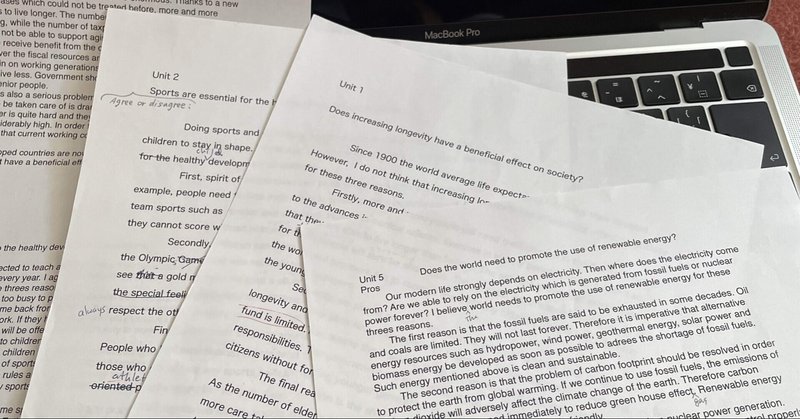
Photo by
miyouobata
大学院受験のための心理学英語購読会 note #004
心理学系の大学院受験に必須である心理学英語対策にお役立てください。回答例は弊社スタッフによるオリジナルの例訳となります。参考にしてください。
■ こちらもオススメ!
▼ 大学院入試対策
https://www.nicovideo.jp/series/226354
▼ 心理学英単語 A to Z
https://www.nicovideo.jp/series/217118
▼ 大学院受験のための心理学英語講読会-初級編
https://www.nicovideo.jp/series/217819
▼ 大学院受験のための心理学英語講読会-中級編
https://www.nicovideo.jp/series/217820
問:下記の英文を訳せ。
1. Learning may be defined as a relatively permanent change in behavior that is the result of practice.
There are four basic kinds of learning: (a) habituation, in which an organism learns to ignore a familiar and inconsequential stimulus; (b) classical conditioning, in which an organism learns that one stimulus follows another; (c) instrumental conditioning, in which an organism learns that a particular response leads to a particular consequence; and (d) complex learning, in which learning involves more than the formation of associations.
2. Early research on learning was done from a behaviorist perspective. It often assumed that behavior is better understood in terms of external causes than internal ones, that simple associations are the building blocks of all learning, and that the laws of learning are the same for different species and different situations.
These assumptions have been modified in light of subsequent work.
The contemporary analysis of learning includes cognitive factors and biological constraints, as well as behaviorist principles.
3. In Pavlov's experiments, if a conditioned stimulus (CS) consistently precedes an unconditioned stimulus (UCS), the CS comes to serve as a signal for the UCS and will elicit a conditioned response (CR) that often resembles the unconditioned response (UCR).
Stimuli that are similar to the CS also elicit the CR to some extent, although discrimination training can curb such generalization.
These phenomena occur in organisms as diverse as flatworms and humans.
4. Cognitive factors also play a role in conditioning.
For classical conditioning to occur, the CS must be a reliable predictor of the UCS; that is, there must be a higher probability that the UCS will occur when the CS has been presented than when it has not.
5. According to ethologists, what an animal learns is constrained by its genetically determined "behavioral blueprint."
Evidence for such constraints on classical conditioning comes from studies of taste aversion.
Although rats readily learn to associate the feeling of being sick with the taste of a solution, they cannot learn to associate sickness with a light.
Conversely, birds can learn to associate light and sickness but not taste and sickness.
6. Instrumental conditioning deals with situations in which the response operates on the environment rather than being elicited by an unconditioned stimulus.
The earliest systematic studies were performed by Thorndike, who showed that animals engage in trial-and-error behavior and that any behavior that is followed by reinforcement is strengthened; this is known as the law of effect.
7. In Skinner's experiments, typically a rat or pigeon learns to make a simple response, such as pressing a lever, to obtain reinforcement.
The rate of response is a useful measure of response strength.
Shaping is a training procedure that is used when the desired response is novel; it involves reinforcing only variations in response that deviate in the direction desired by the experimenter.
出典:Smith, E. E., Fredrickson, B., Loftus, G., Nolen-Hoeksema, S., & Barbara, F.(2003). Hilgard's Introduction to Psychology 14th Wadsworth Pub Co.
答:解答例
1. 学習は、経験によってもたらされる行動の比較的続的変化であると定義される。学習には4つの基本的な種類がある。それは、(a)馴化:よく知っている脈略のない刺激を無視することで得る学習、(b) 古典的条件づけ:ある刺激が他の刺激に続くことで得る学習、(c)道具的条件づけ:特定の反応が特定の結果をもたらすことで得る学習、(d)複合学習:連合の形成以上のものを必要とする学習、である。
ここから先は
948字
¥ 1,500
この記事が気に入ったらサポートをしてみませんか?
